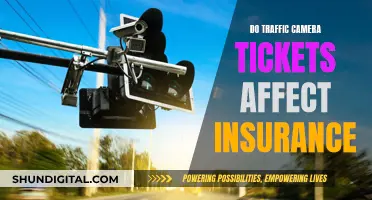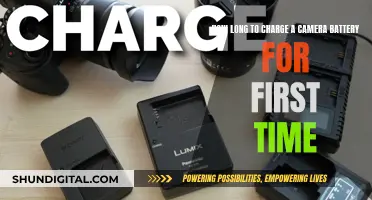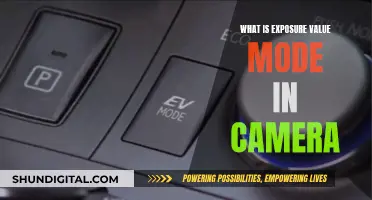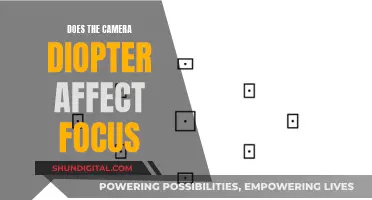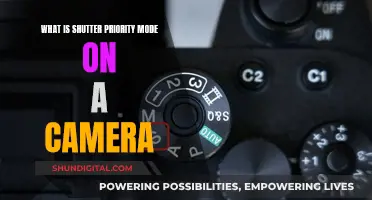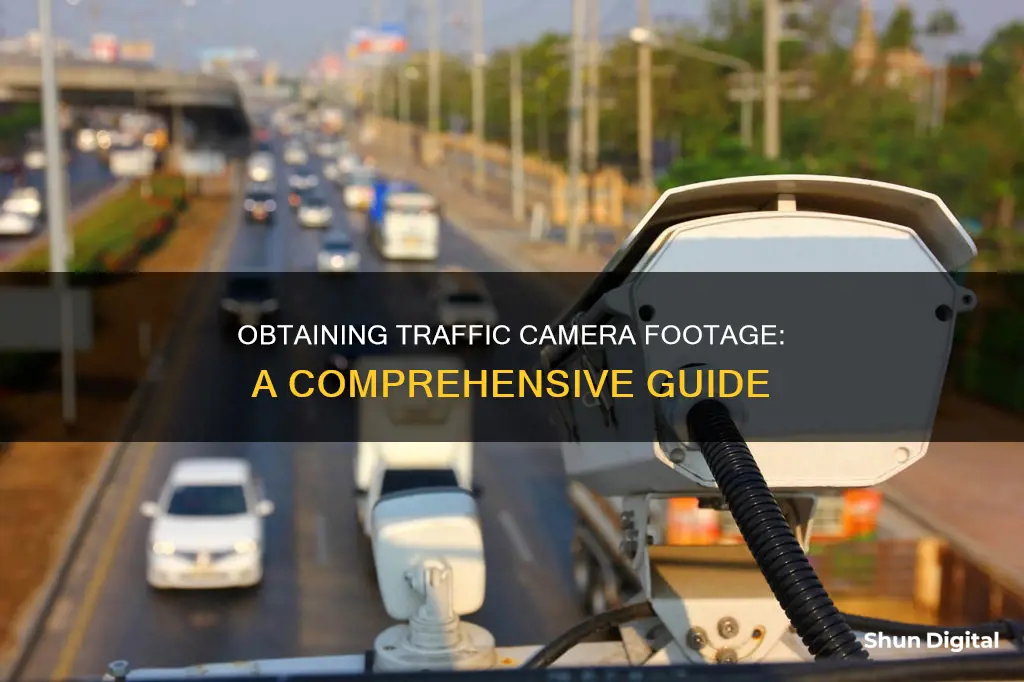
Traffic camera footage can be crucial in determining the cause of a car accident and holding responsible parties accountable. However, obtaining this footage can be a complex and frustrating process. The steps to obtaining traffic camera footage include identifying the location and jurisdiction of the camera, contacting the appropriate agency, requesting the footage, and reviewing it for evidence. This process can be time-consuming and complicated, and in some cases, a subpoena or the assistance of a lawyer may be required. It is important to act quickly as the length of time traffic cameras keep footage varies, and once deleted, it is usually not recoverable.
| Characteristics | Values |
|---|---|
| First Step | Identify the location of the traffic camera |
| Second Step | Determine the jurisdiction of the camera |
| Third Step | Contact the appropriate agency |
| Fourth Step | Request the video footage |
| Fifth Step | Review the footage |
| Sixth Step | Seek legal advice |
What You'll Learn

Identify the location of the traffic camera
Identifying the location of the traffic camera is the first step in obtaining traffic camera footage of a car accident. This can be done in several ways.
Firstly, if you were involved in a car accident, you will likely remember where the incident occurred. This can help you identify the location of the traffic camera. It is also helpful to take pictures of markers near the accident site, which can assist in locating the camera later.
Another way to identify the location of the traffic camera is by reviewing the police report. The police report will include the location of the accident, which can help pinpoint the relevant traffic camera. If you do not have a copy of the police report, you can contact the local police department or the Department of Transportation to obtain the necessary information.
Additionally, some states or cities may provide online resources to locate traffic cameras. For example, in South Australia, the SAPOL app can be downloaded to find camera locations on your mobile device. Similarly, the Western Australian Government provides an online platform to find the locations of fixed and mobile red-light and speed cameras.
Identifying the location of the traffic camera is crucial as it helps determine the jurisdiction of the camera. This, in turn, guides you on who to contact to obtain the desired footage.
Polaroid Land Camera: Battery Power for Instant Photos
You may want to see also

Determine the jurisdiction of the camera
Once you have identified the location of the traffic camera, you need to determine the jurisdiction of the camera. This is important because it will determine who to contact to obtain the video footage.
Different agencies (metropolitan, sheriff, etc.) have jurisdiction over different areas of a city or state. Insofar as traffic camera footage is concerned, a jurisdiction might not even lie with the police since the cameras might be operated by the Department of Transportation or a private firm, depending on the state and county.
Identifying jurisdiction is critical as it helps determine who to contact to get a copy of the footage. The jurisdiction is directly tied to the camera's location. For example, if the camera is located in Henderson, Nevada, the Las Vegas police would need help from the Henderson police, which oversees and is responsible for its own jurisdiction, to obtain a copy of the footage.
To determine the jurisdiction of the camera, you can:
- Contact the local police department or the Department of Transportation. They will be able to provide information on which agency has jurisdiction over the camera.
- Review any relevant laws or regulations that may specify the jurisdiction for traffic cameras in your area. This information may be available on government websites or through public records requests.
- Contact a lawyer who specializes in traffic-related cases. They will have experience in obtaining traffic camera footage and will know the appropriate jurisdiction to contact.
- If the camera is located in an area with multiple jurisdictions, such as a border between two states or counties, you may need to contact both agencies to determine which one has jurisdiction over that specific camera.
Adjusting Images: Rotating in Camera Raw
You may want to see also

Contact the appropriate agency
Once you have identified the jurisdiction of the camera, you need to contact the appropriate agency to request the video footage. This may involve reaching out to the relevant representatives of the agency in charge of the camera, which could be the local police department, Department of Transportation, or a private firm.
Different agencies have different contact methods and requirements for requesting footage. Some common methods for contacting the relevant agency include using an official phone number, visiting the state's DOT website, or sending an email to a specific email address. In some cases, you may need to download and fill out a PDF form and send it as an attachment or upload it to their website.
You can contact these agencies directly or have a proxy, such as a lawyer, contact them on your behalf. While it is not necessary to hire a lawyer to request traffic camera footage, doing so can increase your chances of success as they have experience with these types of requests and can help you navigate the process more efficiently.
When requesting the footage, be prepared to provide detailed information about the incident, including the date, time, location, and any other relevant details. It is important to follow up on your request to ensure it is being processed, and some agencies may require you to provide a release form and/or pay a fee for the footage.
Cameras Blocked: Privacy, Security, and You
You may want to see also

Request the video footage
Requesting traffic camera footage is a complex process that varies depending on your location and the type of camera involved. Here is a step-by-step guide to help you navigate the process:
Step 1: Identify the Camera's Location
First, you need to identify the location of the traffic camera that may have captured the incident. This information can usually be found in the police report. Alternatively, you can contact the local police department or the Department of Transportation for assistance. It is helpful to make a mental note of the accident location and take pictures of markers that can help identify the site later.
Step 2: Determine the Jurisdiction of the Camera
Once you know the camera's location, the next step is to determine which agency has jurisdiction over it. The camera could be operated by the local police department, the Department of Transportation, or a private company. Identifying the correct jurisdiction is crucial, as it determines who you need to contact to obtain the footage.
Step 3: Contact the Appropriate Agency
After identifying the jurisdiction, you should reach out to the responsible agency. You can typically find their contact information, such as an official phone number, website, or email address. Some agencies may require you to fill out and submit a form to make a formal request for the footage.
Step 4: Make the Request
When contacting the agency, be prepared to provide detailed information about the incident, including the date, time, and location. It is important to be persistent yet polite in your follow-up calls or emails. Some agencies may require you to submit a release form or pay a fee for providing the footage, so be sure to inquire about any requirements or costs before finalising your request.
Step 5: Review the Footage
Once you receive the footage, review it carefully. Take note of any details that may help determine the cause of the incident, such as vehicle positions and speeds. Remember that the footage may contain sensitive information, so use it responsibly and only share it with those who have a legitimate need to access it.
Step 6: Seek Legal Advice
If you are unsure about how to proceed after obtaining the footage, consider consulting an experienced attorney. They can guide you on your rights and obligations and advise you on how to use the footage effectively to support your case.
Battery Life of Wireless Security Cameras: How Long?
You may want to see also

Review the footage
Once you have obtained the traffic camera footage, you should review it carefully. Take note of any details that may help determine the cause of the incident, such as the position and speed of the vehicles involved, and any other relevant information. Remember that the footage may contain sensitive details, such as the identity of other drivers or passengers, so be sure to handle it responsibly and only share it with those who have a legitimate need to see it.
Reviewing the footage will allow you to observe the incident from a different perspective and gather information that may not have been available to you at the time. For example, you may be able to determine the exact position of the vehicles involved and estimate their speed. This can help you to corroborate your claim and identify the at-fault driver.
In some cases, the footage may reveal details that you need clarification on or that contradict your initial understanding of the incident. This is normal, and you can revise your official statement or change your legal strategy based on the new information. If there are details that need clarification, you may need to request additional footage or evidence.
If you are unsure about how to interpret the footage or how it affects your case, it is advisable to seek legal advice. An experienced attorney can help you understand your rights and obligations and guide you on how to use the footage effectively to support your claim or defence. They can also assist you in obtaining any additional evidence or footage that may be required.
It is important to act quickly when requesting and reviewing traffic camera footage, as it is usually stored for a limited period, varying from a few days to several weeks or months, depending on the jurisdiction and the specific camera system. Once the footage has been recorded over or deleted, it is typically not possible to recover it.
Polaroid 600 Camera: Battery Placement Guide
You may want to see also



